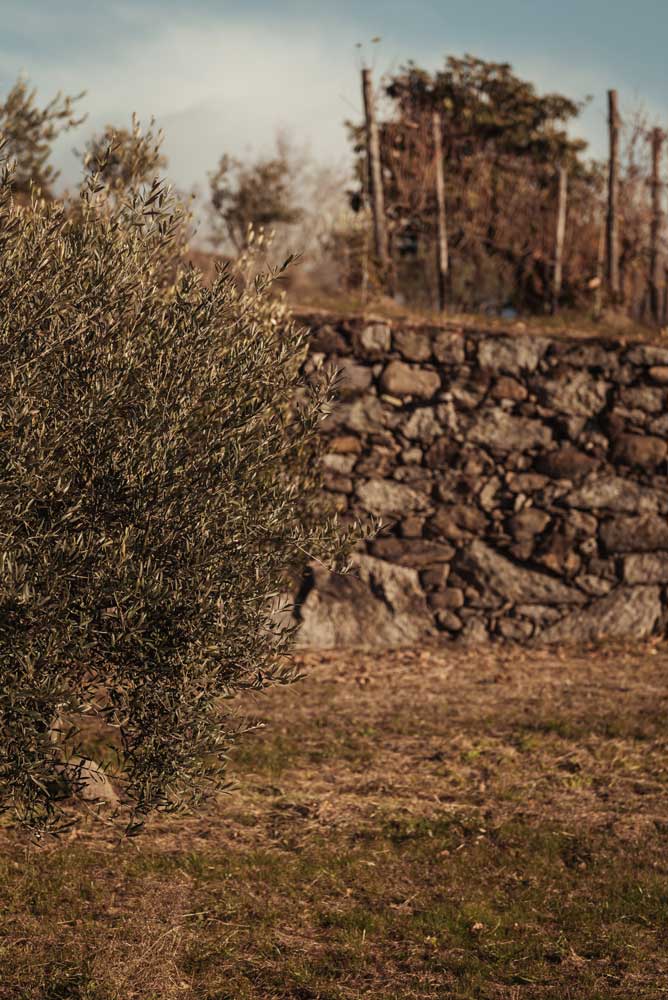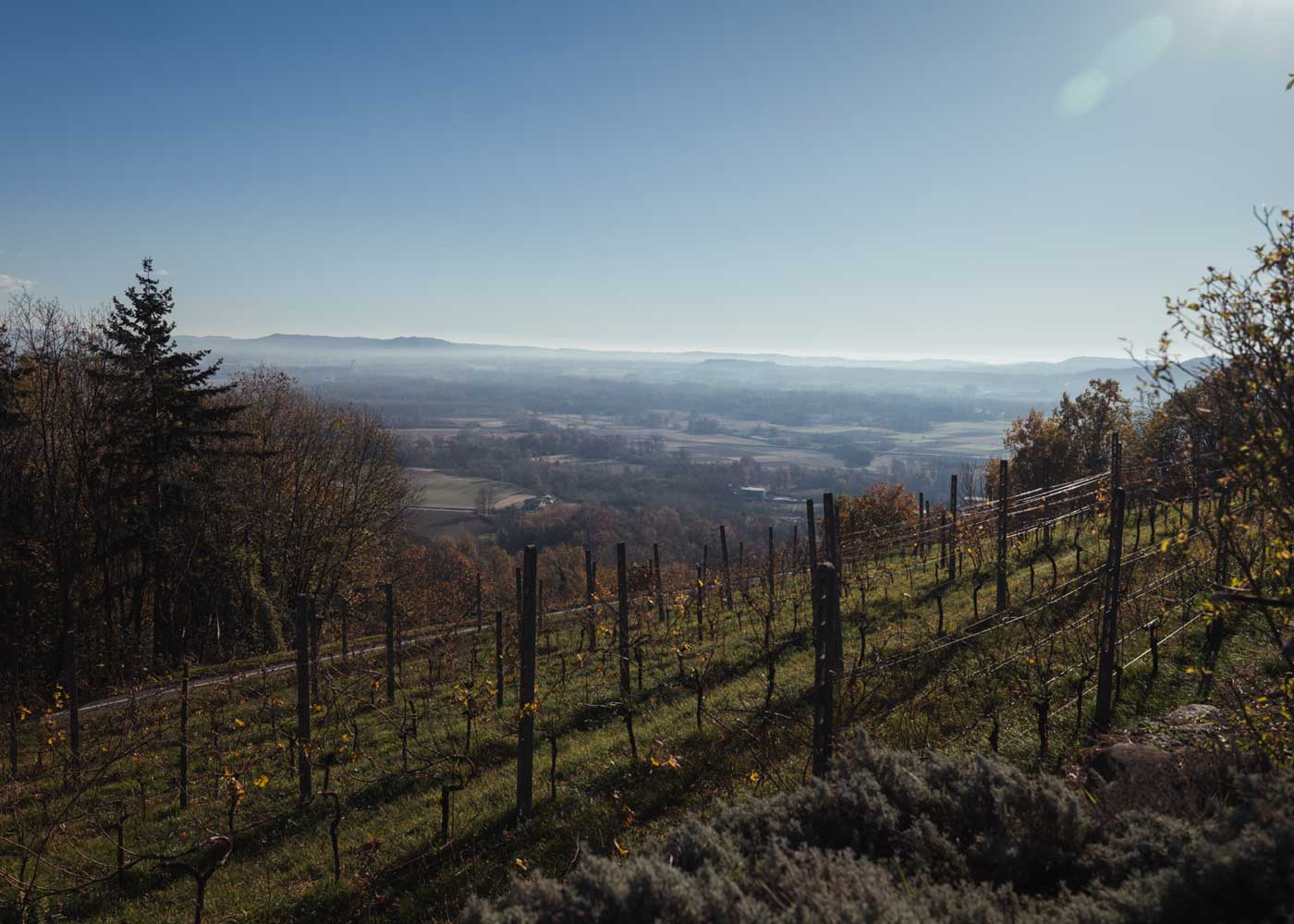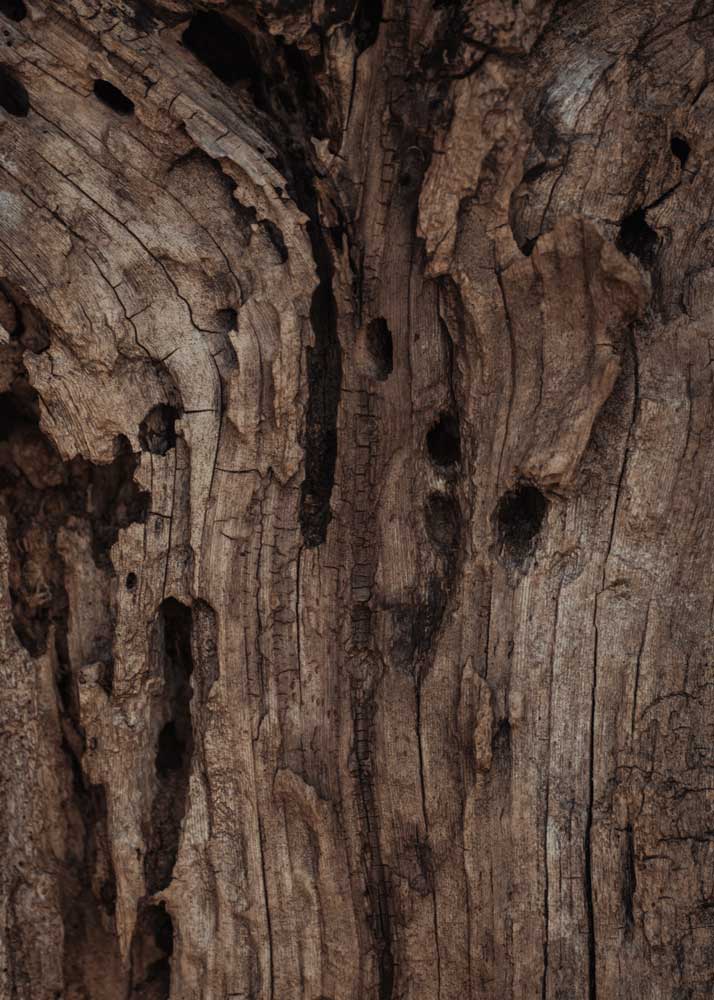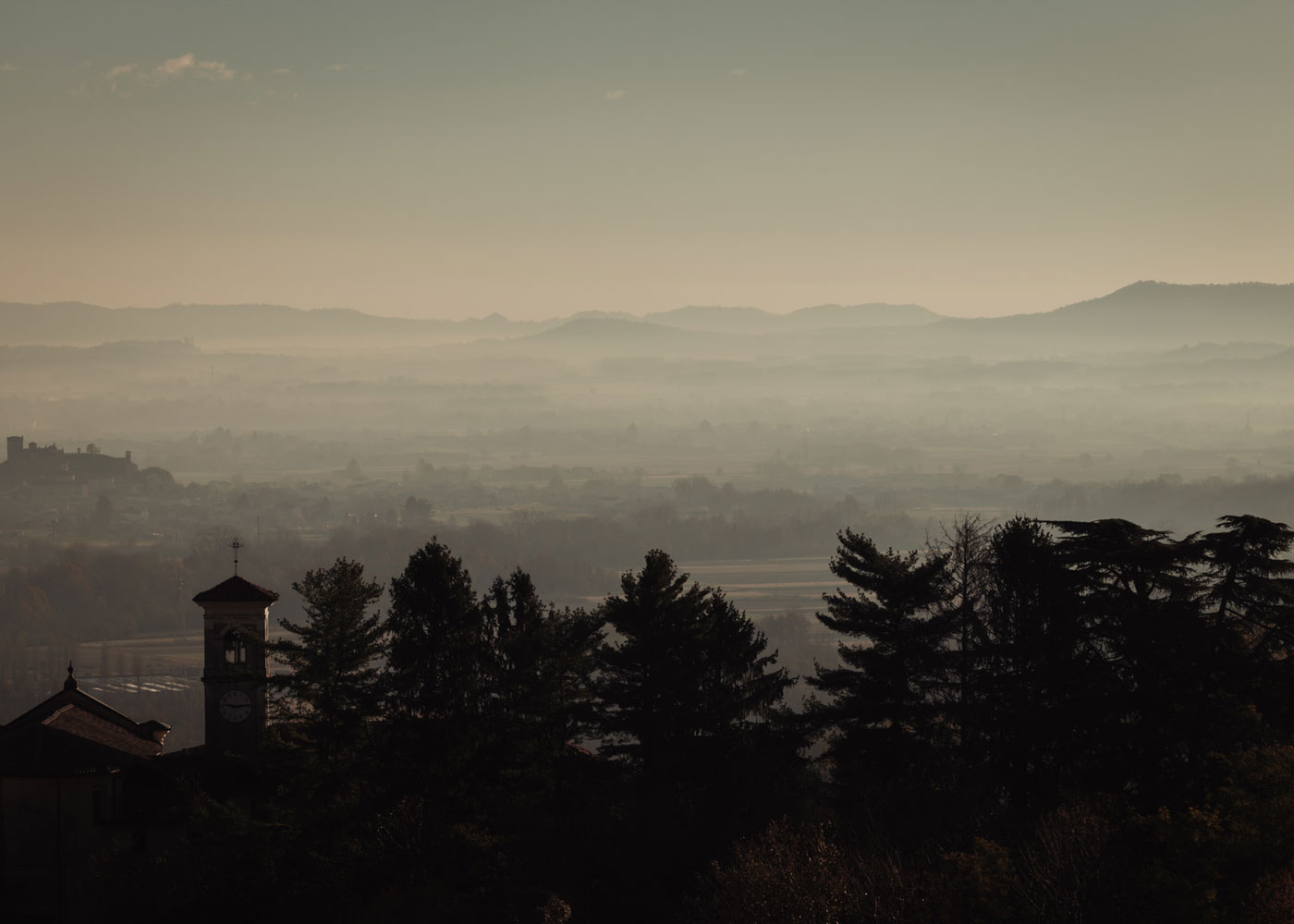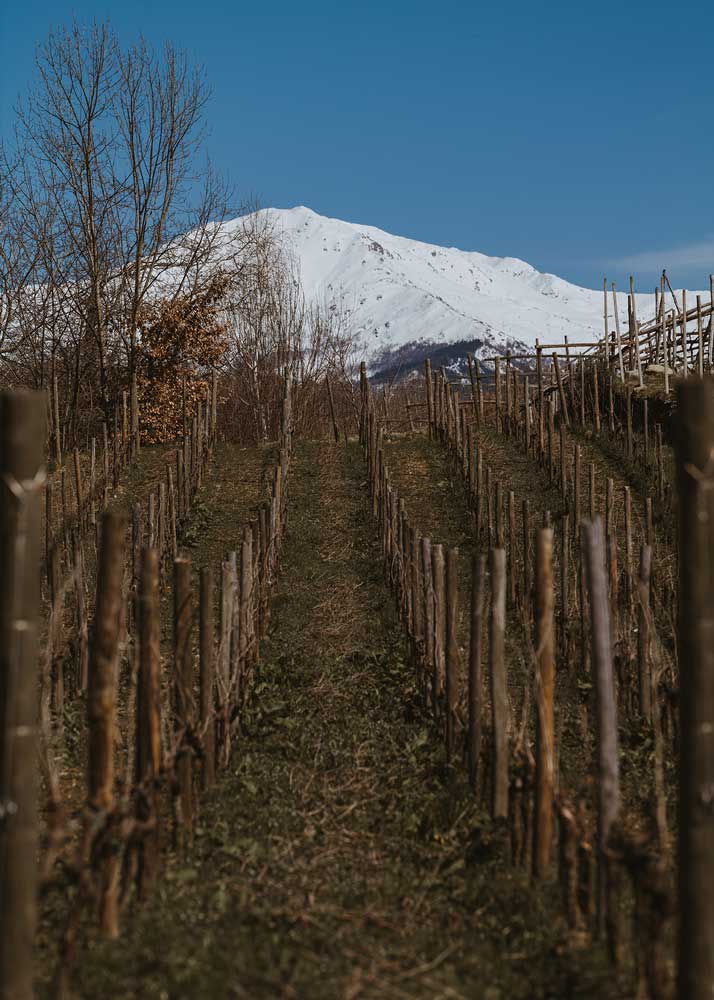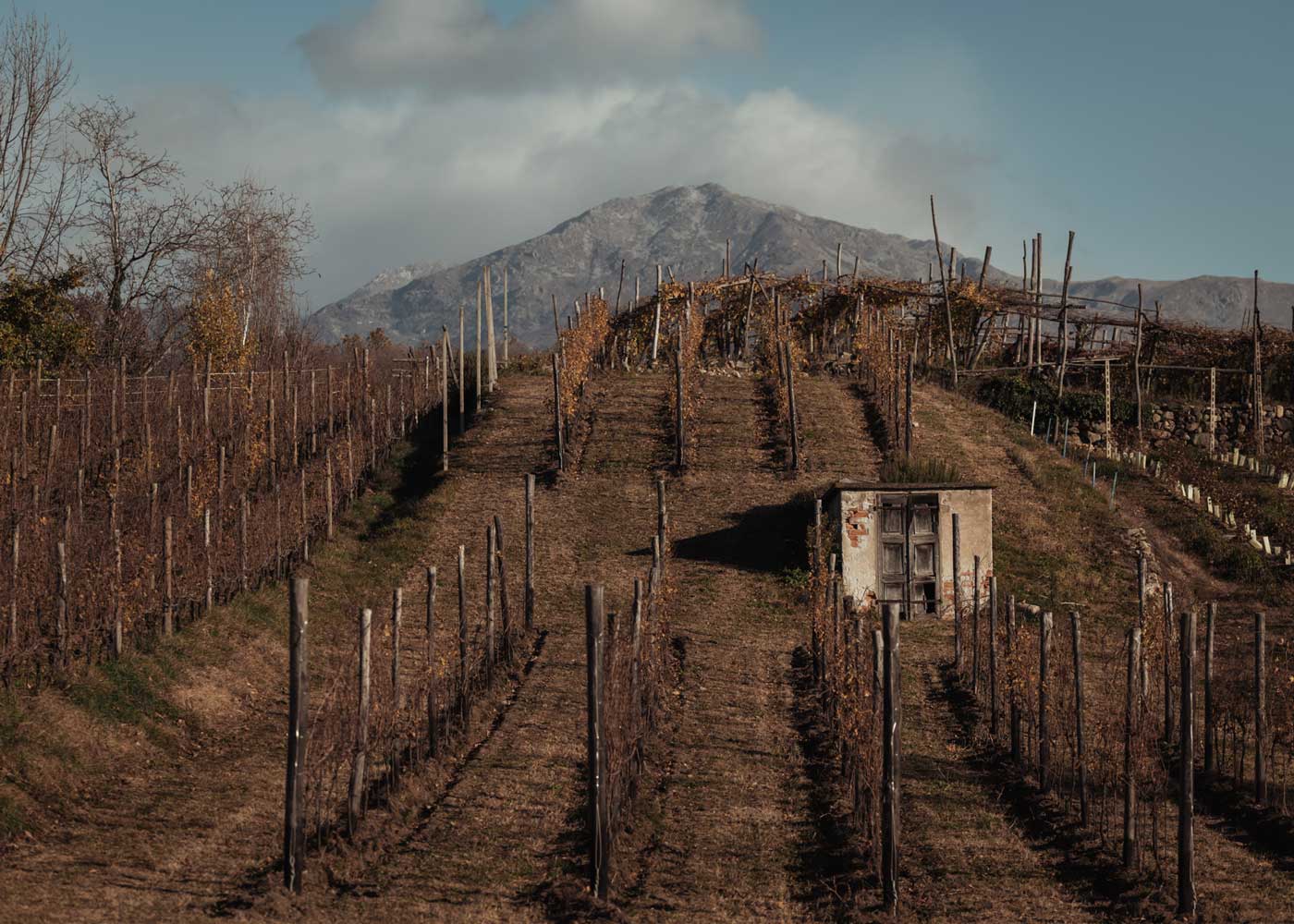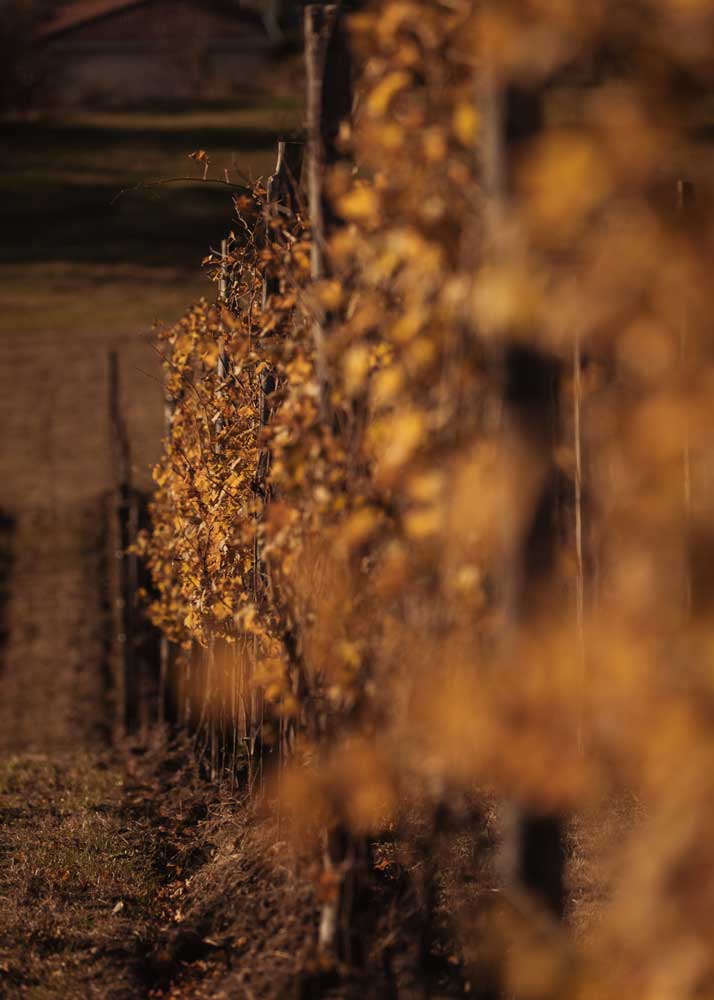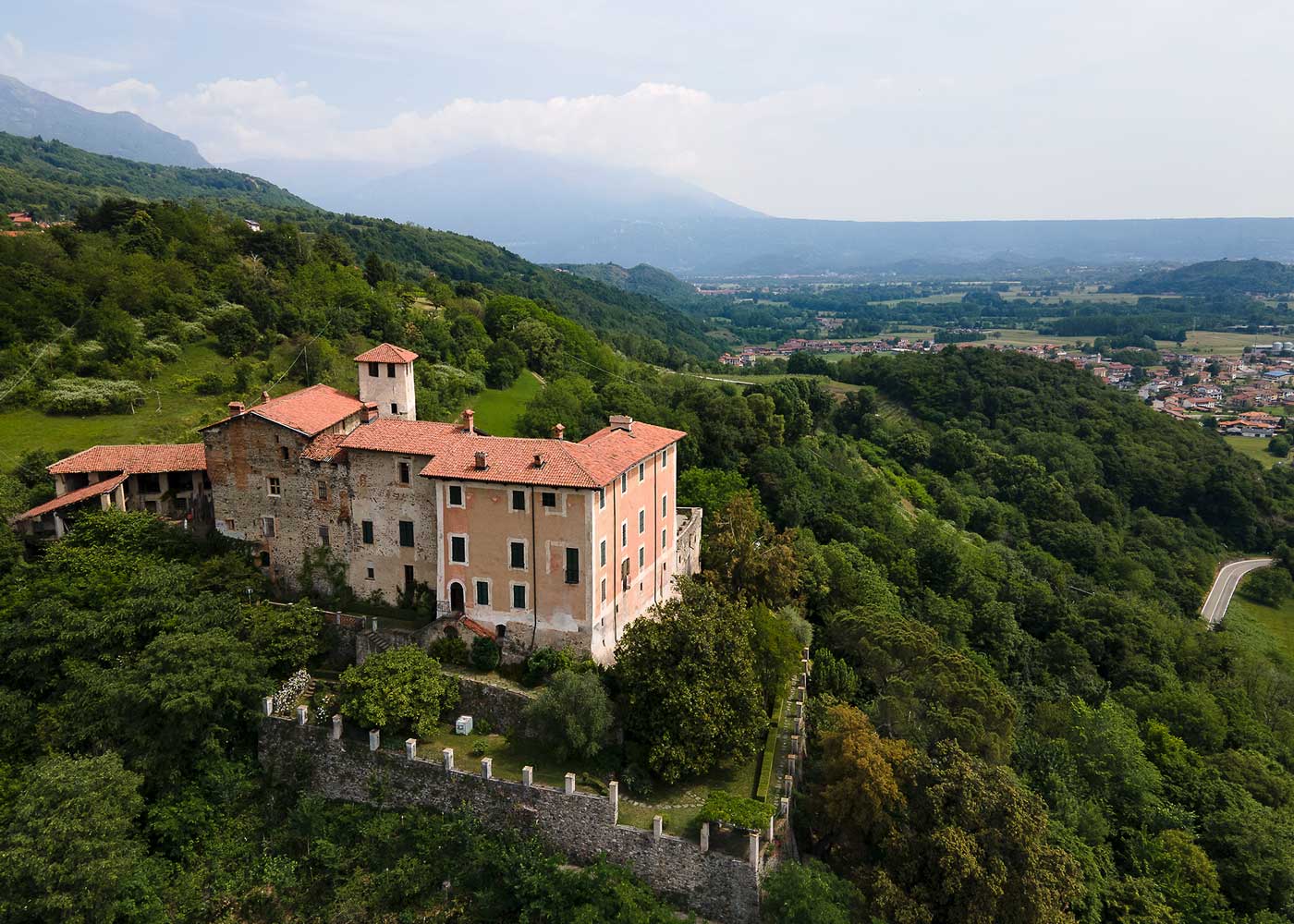Canavese and its territory
Canavese and the Ivrea Morainic Amphitheater
The Canavese region, between the city of Turin and the Aosta Valley and close to the Alps, is characterized by a great variety of natural environments: small valleys, lakes and hills of morainic origin with different microclimates that have favored the permanent settlement of various populations since ancient times.
Crossed by the famous Via Francigena, dotted with places of absolute importance not only in terms of landscape, but also architectural and cultural, Canavese has always been the transit route that brought pilgrims from North Central Europe to the city of Rome. A land of rural tradition, agriculture, and especially viticulture, have played a major role.
Soils and their origin
The Ivrea Morainic Amphitheater is the heart of the Canavese territory and can be imagined geologically as a large imprint left by the imposing Balteo glacier.
The Ivrea Morainic Amphitheater is a geological gem of rare beauty. Its incredible history began about 6 million years ago when the Adriatic Sea, which at that time occupied the entire Po Valley basin spreading as far inland as the Aosta Valley, began to recede leaving room for sediments originating from pluvial erosion of the Alps. Due to a series of causes that led to the occlusion of the Strait of Gibraltar, the entire Mediterranean Sea began to evaporate, reducing to a small salt lake. This geologic phase, known as the Salinity Crisis, came to an end after about 650,000 years when due to a long period of global warming the level of the Atlantic Ocean rose to flood the Mediterranean basin again in 1 million years, causing the Adriatic Sea to rise, leaving the Po Valley completely emerged.
Then, starting from 2.5 million years ago, due to decreasing average temperatures and increased precipitation, a considerable mass of ice began to accumulate over the Alpine arc, which was carried downstream by large glaciers. In particular, the valley floor of what is now the Valle d’Aosta, was on several occasions totally occupied by the Balteo Glacier, which, with a path similar to that of today’s Dora Baltea, exited onto the Canavese plain widening to form the majestic Ivrea Morainic Amphitheater. This great torrent of ice exerted an immense expansive force on the dejection cone that had formed at the outlet of the valley, discharging a huge mass of stones, pebbles and sands into the plain. The measures of the glacier was gigantic with a length of 120 km and a height of 800 m. An area of more than 500 km², a diameter of 30 km and a circumference of 110 km that still make it one of the best-preserved geomorphological units of its kind in the world. In its rush downstream, the Balteo glacier smoothed and rounded the sides of the mountains in its path, transporting their corrosion materials, which, mixed with the formations below, formed an incredible mixture of mud, sand, pebbles and huge boulders. These were deposited on the front and sides of the glacier, forming the majestic moraine amphitheater, which with the subsequent melting of the ice turned into a vast lake at the center of which flowed the Dora Baltea.


The soils of the Morainic Amphitheater are extremely particular and varied in composition: predominantly sandy, abundantly intermixed with stones and pebbles of all sizes and very poor in organic matter and therefore nitrogen, a very important characteristic for high quality productions because of the low yields they determine in the vineyards. A good amount of potassium is generally present, an element that favours the accumulation of sugars in the cluster during the ripening period of the grapes, and phosphate substances that contribute to the finesse of the wines. The soils are very acidic and are normally composed of 70-85% sand, 10-20% silt and 5-10% clay and provide excellent drainage for the vineyards.

